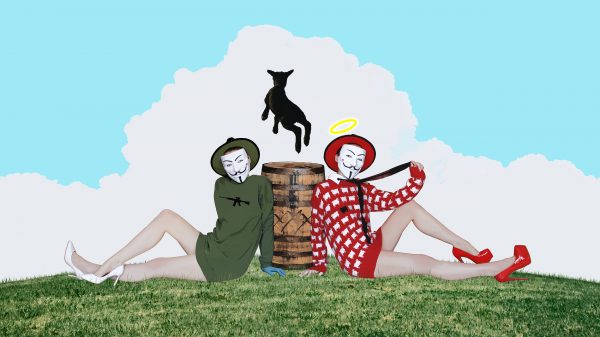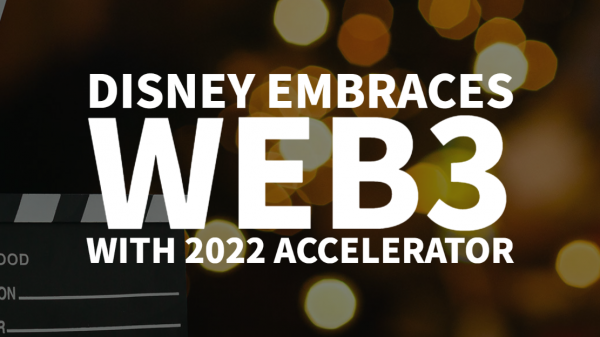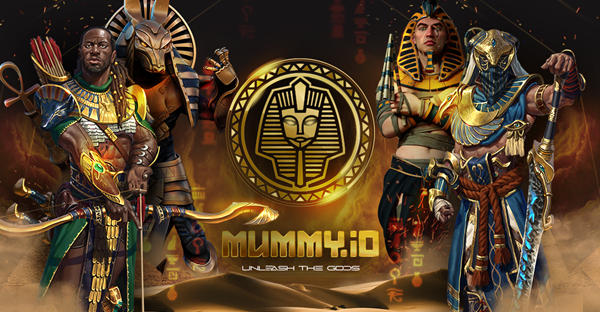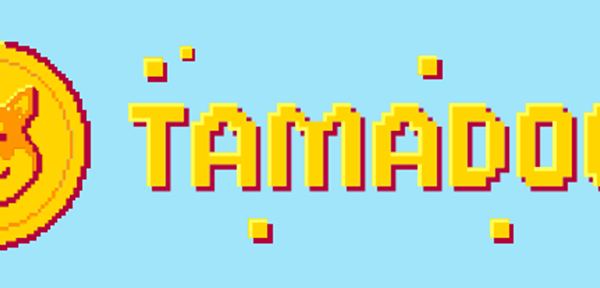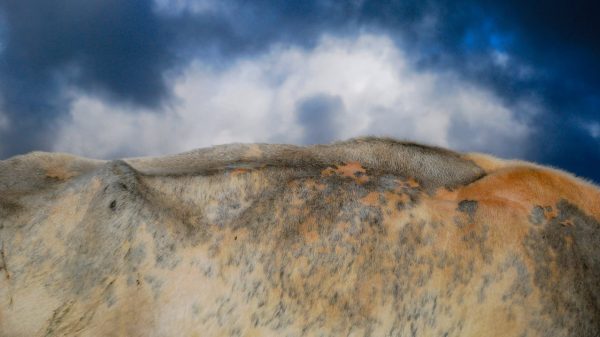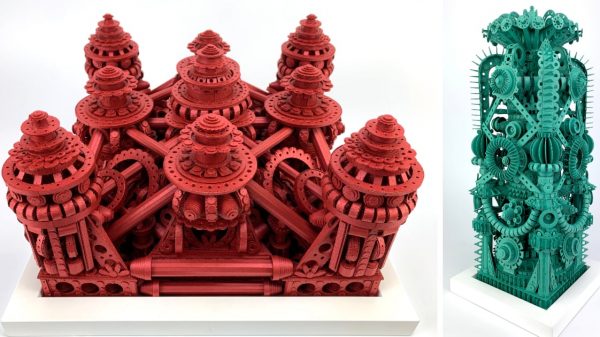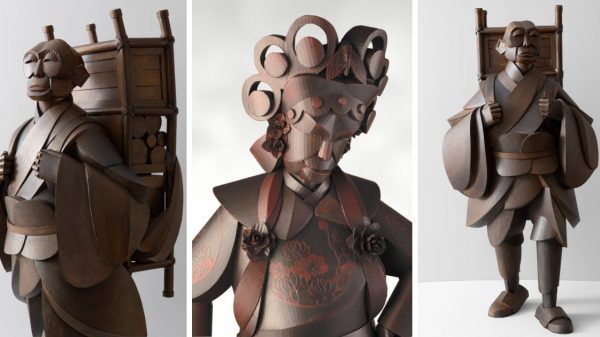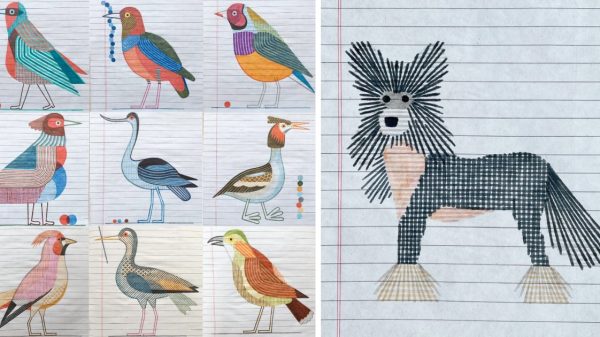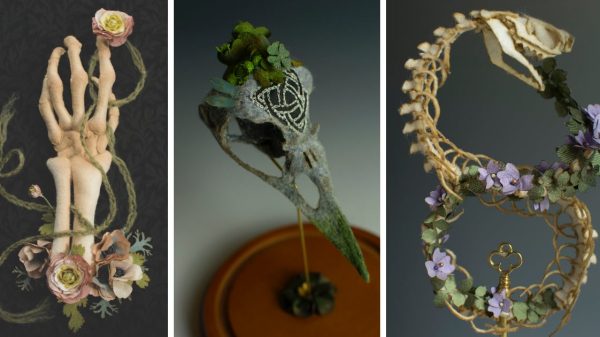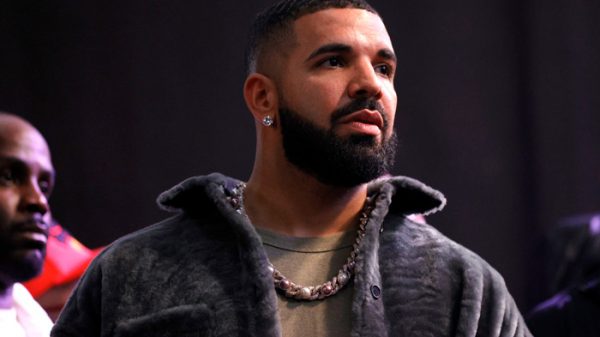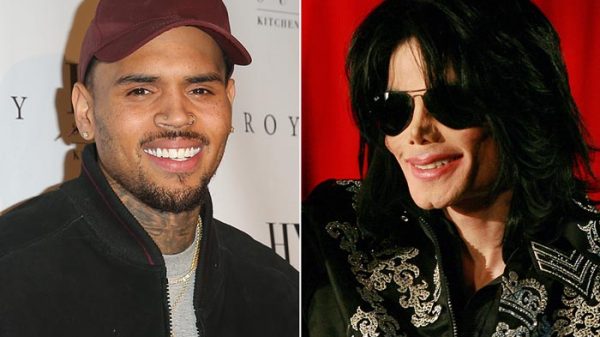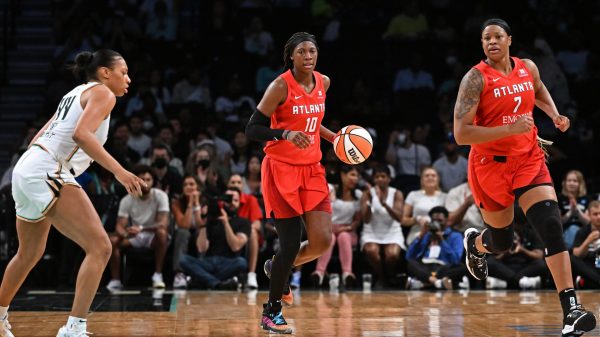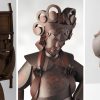Last year, digital artist Mike Winkelmann, better known as Beeple, made $3.5 million in one weekend selling “crypto art” — digital designs linked to unique files called “non-fungible tokens” (NFTs) on a blockchain.
Next month, he’ll auction off his first piece of physical art: a sculpture. Well, not just any ol’ sculpture — a “video sculpture” with a companion NFT that’s expected to go for at least $15 million.
Trending: The upcoming sale, scheduled for November 9 at Christie’s, represents what may be an emerging trend: digital artists choosing to combine their digital skills with traditional mediums — and this can make for some pretty wild hybrid art.
For example, earlier this month Sotheby’s sold an acrylic box by the digital artist FEWOCiOUS — also with an NFT — for a staggering $2.8 million.
This addition of a physical component could help crypto art — which, so far, has been pretty niche — garner a larger, more mainstream audience.
What’s for sale: Beeple’s sculpture is called “HUMAN ONE,” and it’s a human-size box, with an aluminum metal and wood frame.
Each of the box’s four sides features a video screen, and those screens depict an astronaut in a helmet and metallic suit — for now, anyways.
The coolest thing about “HUMAN ONE” may be that the art isn’t static — Beeple told Noah Davis, head of digital art & online sales at Christie’s, that he will continue to update the images on the screens “fairly regularly.”
“Really, this is a lifelong project,” he said. “I want to make something that people can continue to come back to and find new meaning in. And the meaning will continue to evolve.”
That could be exciting — or anxiety-inducing — for whoever buys the art.
This addition of a physical component could help crypto art — which, so far, has been pretty niche — garner a larger, more mainstream audience.
“[The owner] won’t really know what they’re getting because I’ll keep changing it,” Beeple told the Wall Street Journal.
This is all possible because the images are stored on the Ethereum blockchain and the terms of the smart contract dictate that Beeple can remotely tweak or evolve the art whenever he wants.
“[Beeple] can change the art remotely forever — he could decide to shut it down, destroy it,” Davis told ARTnews. “The collector will have to be OK with the work changing, because there’s very little chance that [Beeple] won’t take the opportunity to surprise the collector with new work.”
NFTs: Earlier this year, NFTs ignited an interest in digital art. The digital tokens — which are on the blockchain — created a brand new, albeit speculative, marketplace for digital content to be sold.
NFTs act as a way of minting a piece of original content or collectible goods. In doing so, they act as an artist’s “digital signature” — much like Picasso’s signature can be used to verify the authenticity of his paintings.
This creates rarity in the marketplace and allows for digital artwork to be sold in a similar way that traditional art is sold. Almost $1.8 billion of NFT art has been sold this year, according to Nonfungible.com.
“[Beeple] can change the art remotely forever — he could decide to shut it down, destroy it.”
“[Digital] collectors are getting sophisticated,” Davis told the WSJ. “They want to flex their individual tastes rather than buy something that’s one of 10,000.”
Beeple certainly wasn’t the first artist to sell his work with NFTs, but his overwhelming financial success popularized the tokens earlier this year; and in November, his new hybrid art will bring him to his very first art auction.
“People gathering in a big room to buy things made by other people — it’s the weirdest ritual of transaction if you really think about it,” Beeple told the WSJ. “I’m excited to go.”
We’d love to hear from you! If you have a comment about this article or if you have a tip for a future Freethink story, please email us at tips@freethink.com.
This tech is usually framed as either the answer to all of our problems — or as a complete waste of time. The truth is probably in the middle.


